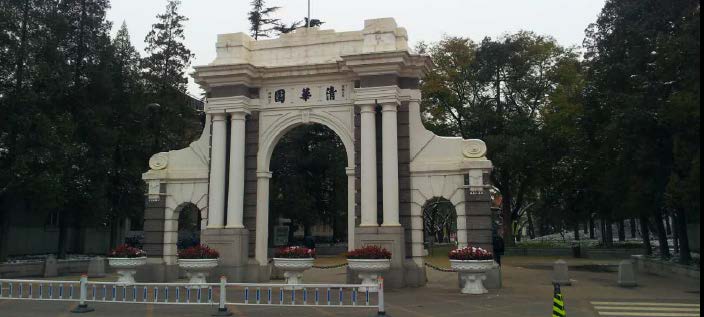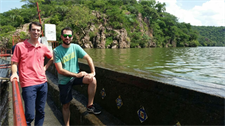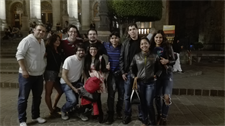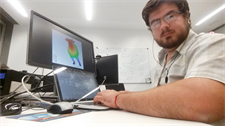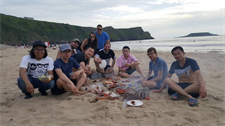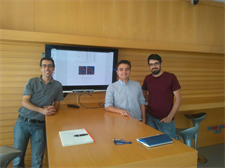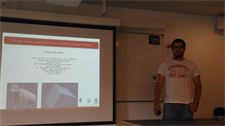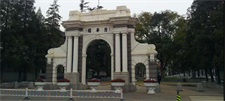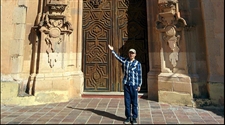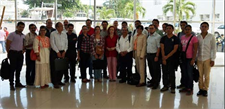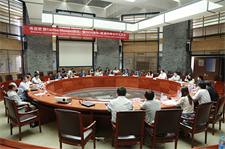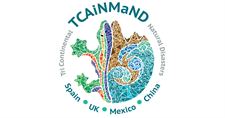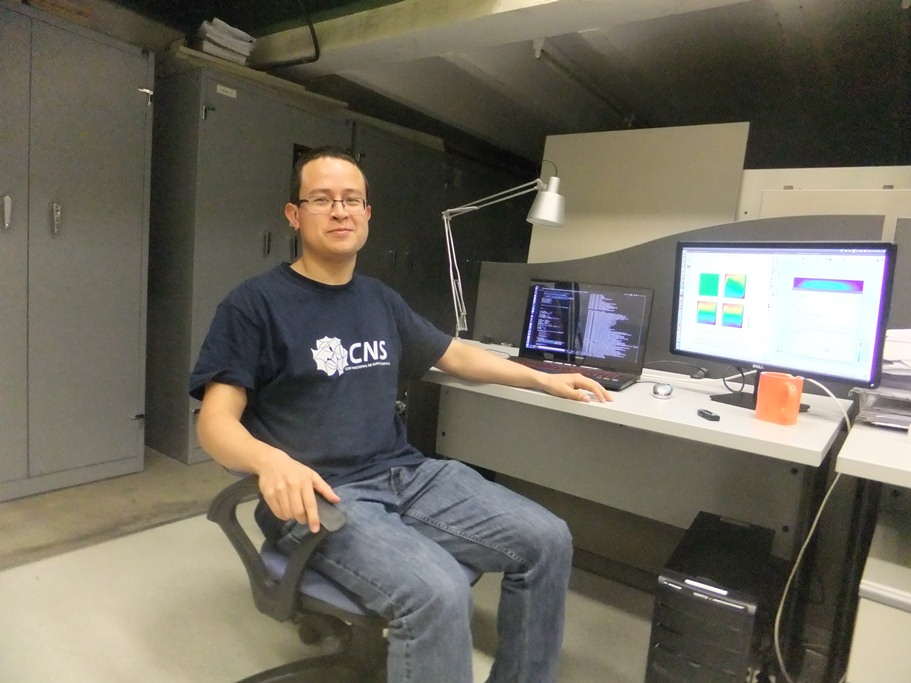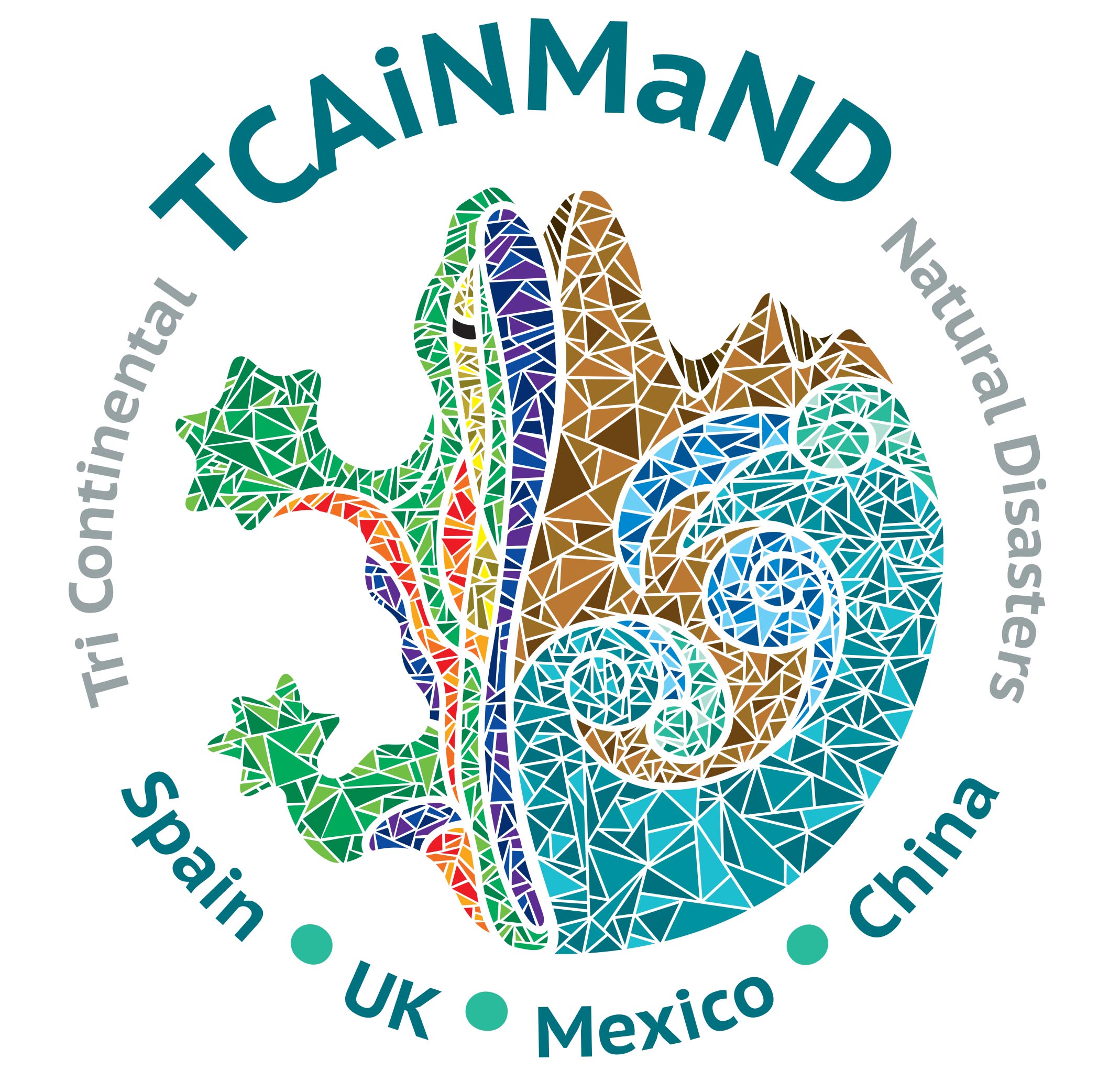|
Communicating the experience of simulating hydraulic fracturing in Tsinghua University
Nowadays, there are still some problems with the 3D propagation of hydraulic fracture: 1) proppant transport has never been considered in any fully 3D model according to my knowledge; 2) heterogeneities of rock media are a source of fracture branching, but relevant research is very rare; and 3) the interaction between natural fractures and hydraulic fracture in 3D space are still challenging at present. During the period I stayed in Tsinghua University, I finished a FEM-based program of KGD model under the supervision of Prof. Zhuo Zhuang and Associate Prof. Zhanli Liu. The PhD candidates and Post doctor also helped me a lot during the process. The algorithm solves for the pressure field in the fluid and the crack opening simultaneously at each time step by using the fixed-point iteration method, which accounts for the nonlinear coupling between them. In addition, the model also tracks the evolution of crack tip and the fluid front separately. The fluid front is advanced explicitly in time, but an implicit strategy is utilized for the crack tip to keep the SIF of the fracture equal to the toughness of the rock at each time step. Apart from the academic experience, I also enjoyed my stay in Beijing, the capital of China, where Tsinghua University locates in. It is really a nice opportunity to understand the long history there including the old buildings, the royal parks, etc. Finally, I would like to offer my special thanks to Prof. Zhuo Zhuang, Associate Prof. Zhanli Liu and Post doctor and PhD candidates there for their help in research and life, as well as the financial support from project TCAiNMaND. |
|

